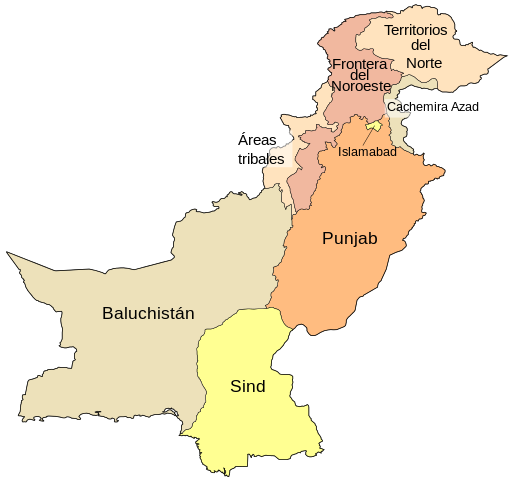On the day of the Resurrection, Pakistan seemed to sink again into the abysses of hatred and death. At Lahore, in the country’s central region, a suicide bomber exploded his bomb in a park where numerous families were enjoying some carefree moments.
The death toll rose to 72 victims, 30 of whom are children, and of at least 340 wounded. The majority belonged to Pakistan’s Christian community — 4% of a majority Muslim population and for the umpteenth time the target of atrocious attacks.
The killing has fuelled an atmosphere of tension and alarm, said to ZENIT Shahid Mobeen, docent of Islamic Thought and Religion at the Pontifical Lateran University, and founder of the Association of Pakistani Christians in Italy.
“After the attack the religious minorities are very fearful, to the point of being afraid to leave their homes,” he explained, in light of the constant telephone testimonies he is receiving from his country. Perceived, from Mobeen’s words, is the agitation of those who were present at the scene. He said his sister was in Lahore last Sunday. She and other members of her family were “all right,” because they “stayed at home with relatives.”
It seems, therefore, that the age of the catacombs has returned for Christians in this Asian country. It is demonstrated by the fact “that many parents have decided not to send their children to school these days and that many have sought to avoid crowded places.”
The Jamatul Ahrar Islamists, formerly linked to the main Pakistani Tehrik and Taliban Pakistan (Ttp) group, claimed responsibility for the attack. It was perhaps a show of strength by the Taliban given the rise of ISIS, which is cornering consensus between the most extreme fringes of Pakistani Islam. In this connection, Mobeen recalled that “not long ago a group was routed, which intended to create a <splinter> of Daesh (ISIS) in Pakistan.» And that “there are camps of formation where mujaheddin are recruited by ISIS to carry out attacks not only in Pakistan but also abroad.”
It is Islamic extremism that up to now found an institutional reserve, but which now could decline. Many analysts interpret the attack at Lahore as a sign sent to the government, which recently showed itself willing to modify the internationally-condemned law on blasphemy, introduced in 1986, which has caused so many victims among Christians and even Muslims. Indeed, because in addition to providing the death penalty for one who offends the Islamic religion, this measure has often been used as a pretext to incriminate, imprison or to offer so-called “infidels” to lynching by mobs. It is widely recognized as a tool people use to settle individual scores.
“I don’t believe it’s a sign of this type,” said Mobeen. He believes, istead, that with this attack the Ttp group “wanted to point out its presence at Lahore to Prime Minister Nawaz Sharif,” who is a native of this city. The Lateran’s docent recalled that in the past the Taliban “struck in the main other areas of the country, for instance, those bordering with Afghanistan or those at the South.”
The pressing demonstration of instability of Pakistan also puts at risk any possible plans for a visit from Pope Francis, who received an invitation form the Government of Islamabad just a few weeks ago. According to Mobeen, the Pontiff’s presence in Pakistan is now a chimera, because the attack made evident “all the failures of security of the Authorities.”
Authorities that, beyond their proclamations, seem so impotent in face of the growth of Islamic fundamentalism. Growth that, according to Mobeen, is due to the role that the madrasas have in the country, the Koranic schools that over the years (also thanks to copious financing from abroad) have slowly eroded terrain to public instruction.
He highlighted that “very often parents, not having State schools available for their children, are constrained to send them to madrasas,” where they can be indoctrinated to the jihad — above all when these institutes are open land of the most radical Islamism free from all monitoring.
Mobeen explained in fact that “of the 40,000 madrasas present on the national territory, those registered by the State, which follow a minimum of the curriculum, are not even 8,000.” This means that “about 32,000 madrasas are frequented by hundreds of thousands of children, who are potential mujaheddins ready to carry out a holy war against the West, against democracy and against the institutions.”
In order to change the situation, Mobeen requests the Government that the Federal Ministry of Minorities be put back in operation, because “we Christians are not Dhimmi (non-Muslim subjects) to protect but we are co-founders of Pakistan and we have full right to citizenship.” Therefore, peace does not pass by protection of a minority but by the recognition of equal opportunities.

What Does the Lahore Easter Attack Mean?
An analysis of the Taliban’s strengths and the fertile soil of fundamentalism


